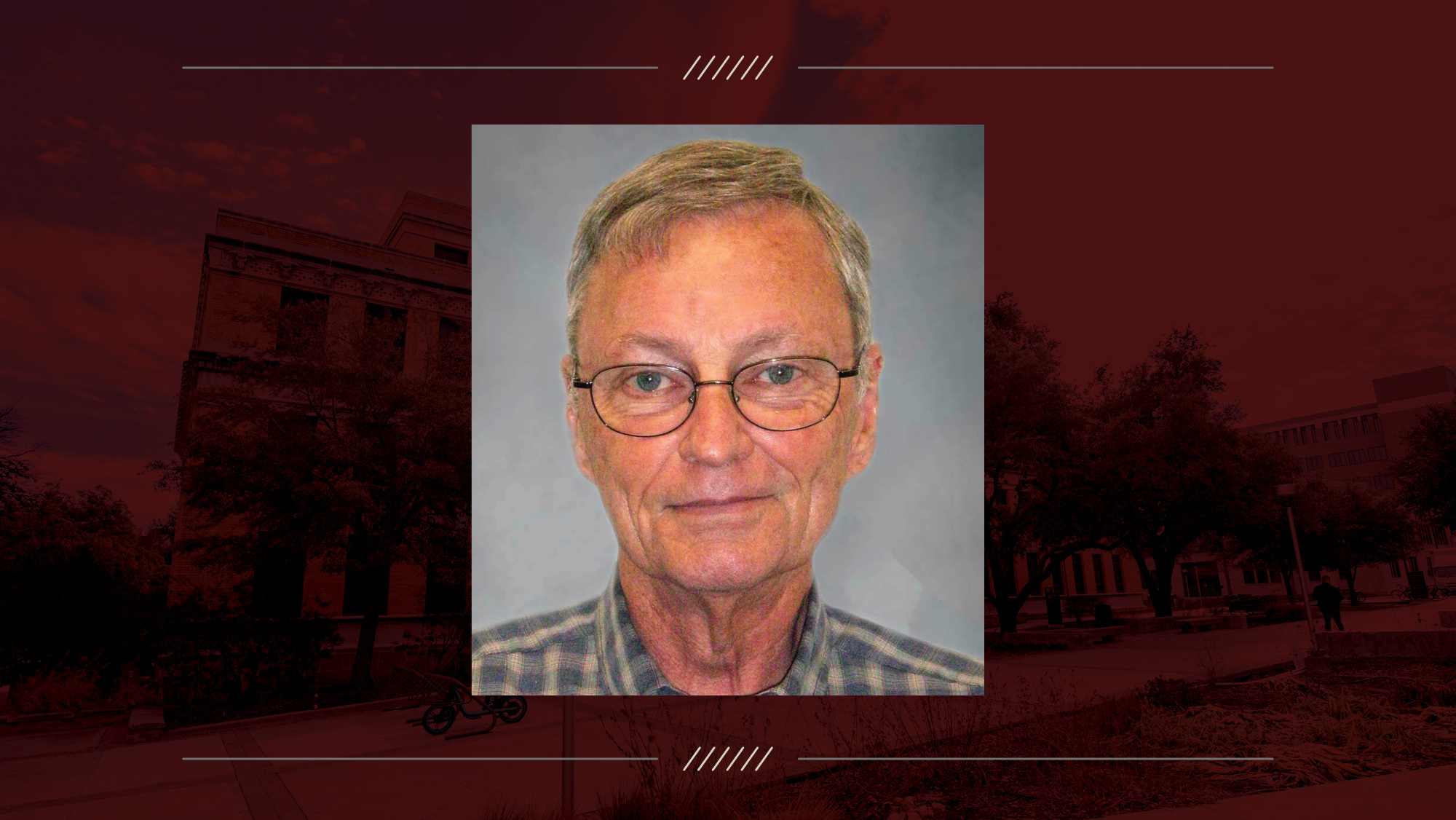
Emeritus professor of nuclear engineering, computer science, and mathematics Dr. Paul Nelson passed away on May 16.
An accomplished researcher and professor, Nelson was beloved by the Texas A&M faculty he worked with and the Aggie students he mentored. His impact reached far beyond College Station through his work in international research and education with the Center for Nuclear Security Science and Policy Initiatives (NSSPI).
After earning a degree in physics from Auburn University in 1958, Nelson served as an officer in the U.S. Navy. He then earned a Ph.D. in mathematics from the University of New Mexico in 1969. He was a professor of mathematics at Texas Tech University from 1972 to 1987, where he also served as the director of the Institute for Numerical Transport Theory starting in 1977. After his time at Texas Tech, Nelson joined the faculty of Texas A&M in 1987.
During his time at Texas A&M, he worked with NSSPI as the associate director for International Programs. In that role, he directed international research and education programs for more than ten years until he retired. He took a special interest in working with India, according to nuclear engineering associate professor Craig Marianno.
“He had a love for India and the people and the culture, and he really wanted to be involved with what they were doing with nuclear,” Marianno said. “He was always just an even-keeled guy, super smart, thought strategically about research and outreach, and was always wanting to help people and students.”
After retiring in 2004, he continued as a professor emeritus in the Department of Nuclear Engineering and the Department of Computer Science and Engineering, as well as the Department of Mathematics. He continued to advise NSSPI faculty and staff.
Nelson researched the management of nuclear materials, radiation transport theory, and the use of computational methods in nuclear engineering. During his career, he participated in scientific exchange programs with Poland through the National Academy of Sciences and India through the National Science Foundation.
Nuclear engineering professor Jim Morel remembers years of illuminating technical discussions with Nelson, whom he had known for over 30 years. Nelson had a knack for finding the right niche research paper.
“He could point you to old papers of particular interest in your research that were very hard to find,” Morel said. “Paul was a very kind and gentle man who had a positive impact on everyone he encountered.”
For nuclear engineering senior professor Kenneth Peddicord, who met Nelson more than 40 years ago, he was both a colleague and a close friend.
“Over the years, Paul made invaluable contributions through his teaching, research and service, and as a mentor and professional colleague,” Peddicord said. “His insights, quality of thought and leadership were always greatly appreciated and strengthened our department.”
Nelson joined Texas A&M at a time when the Department of Nuclear Engineering wanted to grow its strength in graduate studies and research, Peddicord said. This research focus would include particle transport theory, a field where Nelson was already a well-respected expert.
“Not only did he serve as professor of nuclear engineering but he also held joint appointments in mathematics and computer science,” Peddicord added. “This gave him unusual breadth across the university and an extensive network of collaborators.”
Nuclear engineering professor emeritus Marvin Adams first met Nelson in 1985 and credits Nelson with making a significant positive difference in the careers of many scientists and engineers.
“Paul introduced himself after I gave a conference presentation in 1985, and encouraged me to write what became my first peer-reviewed journal article,” Adams said. “He later recruited me to join Texas A&M, which I did in 1992, and he was an excellent mentor to me and to other junior faculty members in the 1990s and beyond. He was the epitome of the phrase ‘scholar and gentleman,’ demonstrating outstanding research as well as exemplary character and behavior.”
Nuclear engineering professor of practice Warren Miller, who first met Nelson in 1981 while he was still a professor at Texas Tech, collaborated with Nelson as a faculty member of NSSPI. Nelson was a superb applied mathematician, Miller said, who knew the importance of using computational approaches to solve nuclear engineering problems in energy and defense.
“He was a sought-after colleague not only because of this brilliance, but because he was a generous and kind individual,” Miller said. “Level-headed, articulate, and engaging, an exchange of ideas with him was always filled with a technical back and forth, peppered with laughter. The nuclear community lost a giant!”